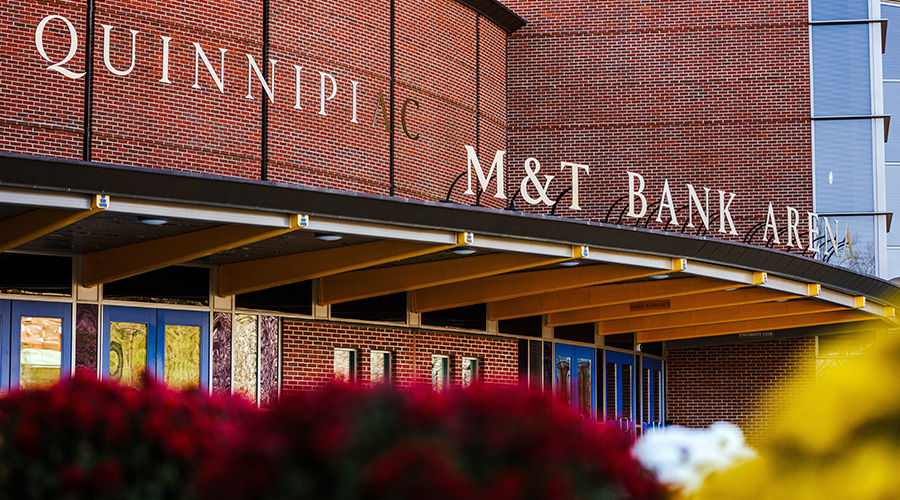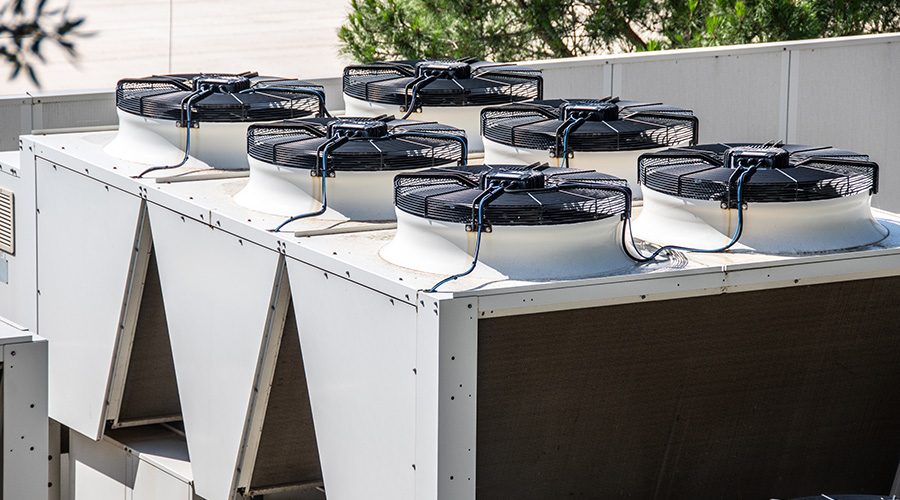How Bundling Energy Efficiency Projects Helps Justify Large Capital Upgrades
A key step in justifying many large capital upgrades is to bundle them with other work that has a quick payback. There are a wide range of quick win strategies to bundle in with more complex endeavors. Low-cost or no-cost projects can be implemented by facility managers in conjunction with standard operations and maintenance procedures. For example, the facility manager can ensure that the outside air dampers for the air handling units are operational during peak cooling and heating conditions. If the dampers are not functioning properly and remain fully open during the winter months, the result would be an increase in energy use. The HVAC system would be trying to maintain the heating set point based on a lower mixed air temperature, due to the increased amount of colder outdoor air added to the warmer return air. If the dampers are functioning properly, the temperature rise would be much less and require significantly less energy.
Revisiting the applicable ventilation air requirements is another easy way to save energy. If a space previously used as a lab or a classroom is now an office, the amount of required outdoor air changes, i.e., the damper set points, could be altered. Also, changes made in space use often do not include HVAC system rebalancing. A space is often repurposed without any modifications to the HVAC system.
In a bundling strategy, the next step up from no- or very low-cost energy efficiency measures involves relatively small projects that may require an engineering design or additional evaluation. One example is the installation of variable frequency drives on motors. For example, a 20 horsepower pump operating 24 hours per day for a quarter of the year (91 days) with $0.08/kWh electrical cost will incur an electrical charge of $2,890 per year, assuming a motor efficiency of 90 percent.
The installation of a variable frequency drive will allow the pump to operate at decreased flow and pressure throughout the year. The flow will decrease at the same rate the motor speed decreases. The energy costs decrease as the cube of the flow (motor speed) decreases. If the installation of the variable frequency drive reduces the flow by 25 percent, then the resultant reduction in energy use is 58 percent. However, the reality is that approximately 50 percent energy savings will be obtained. The savings for this project is approximately $1,450 per year. Based upon RS Means, the average installed cost for a 20 horsepower pump is approximately $4,000 to $5,000 depending on location. The simple payback for this energy conservation measure is approximately 2.7 to 3.5 years.
All analyses of energy conservation project paybacks should of course be based on actual power rates paid by the facility. The impact on demand charges should also be considered.
Related Topics:













